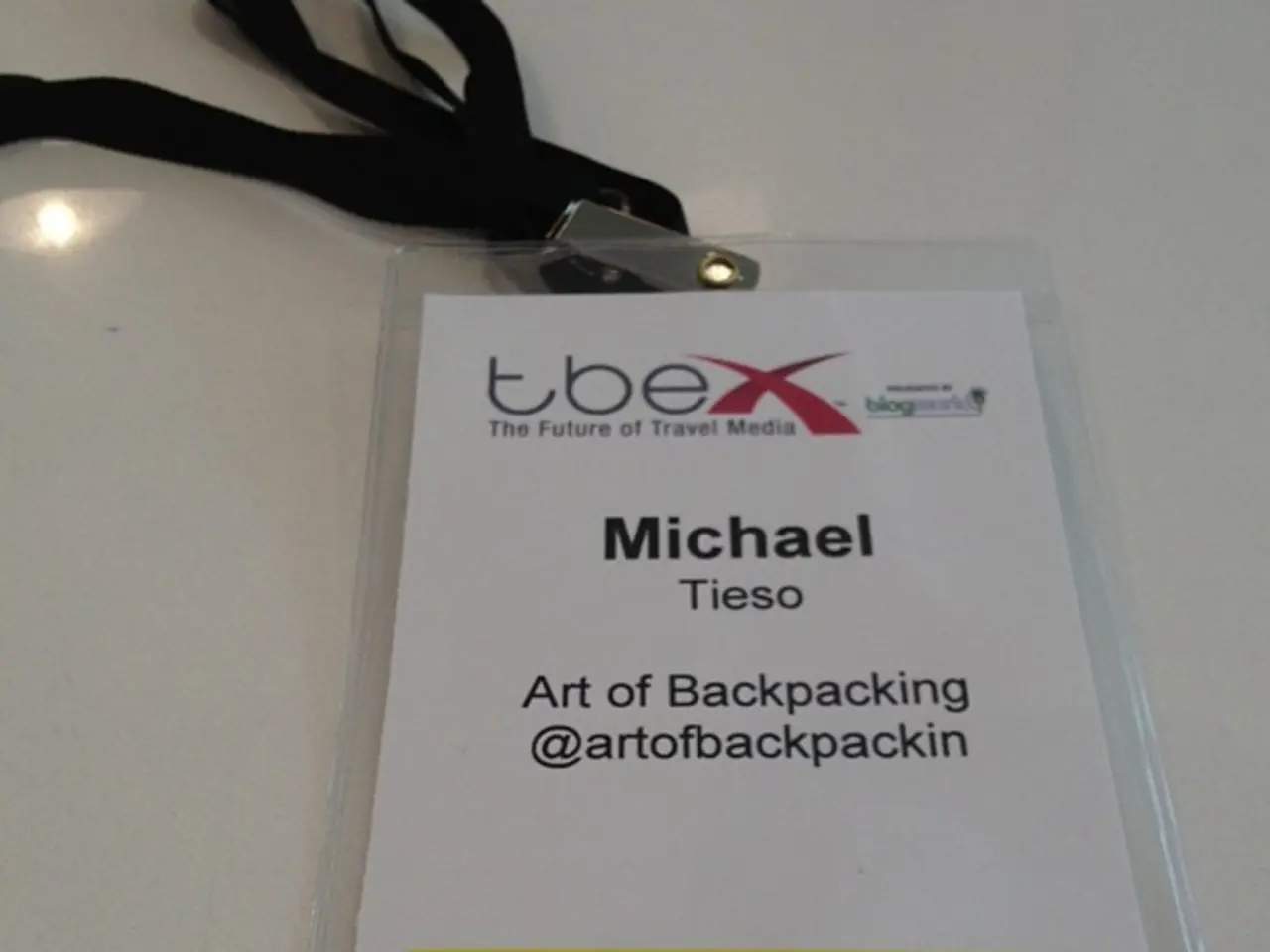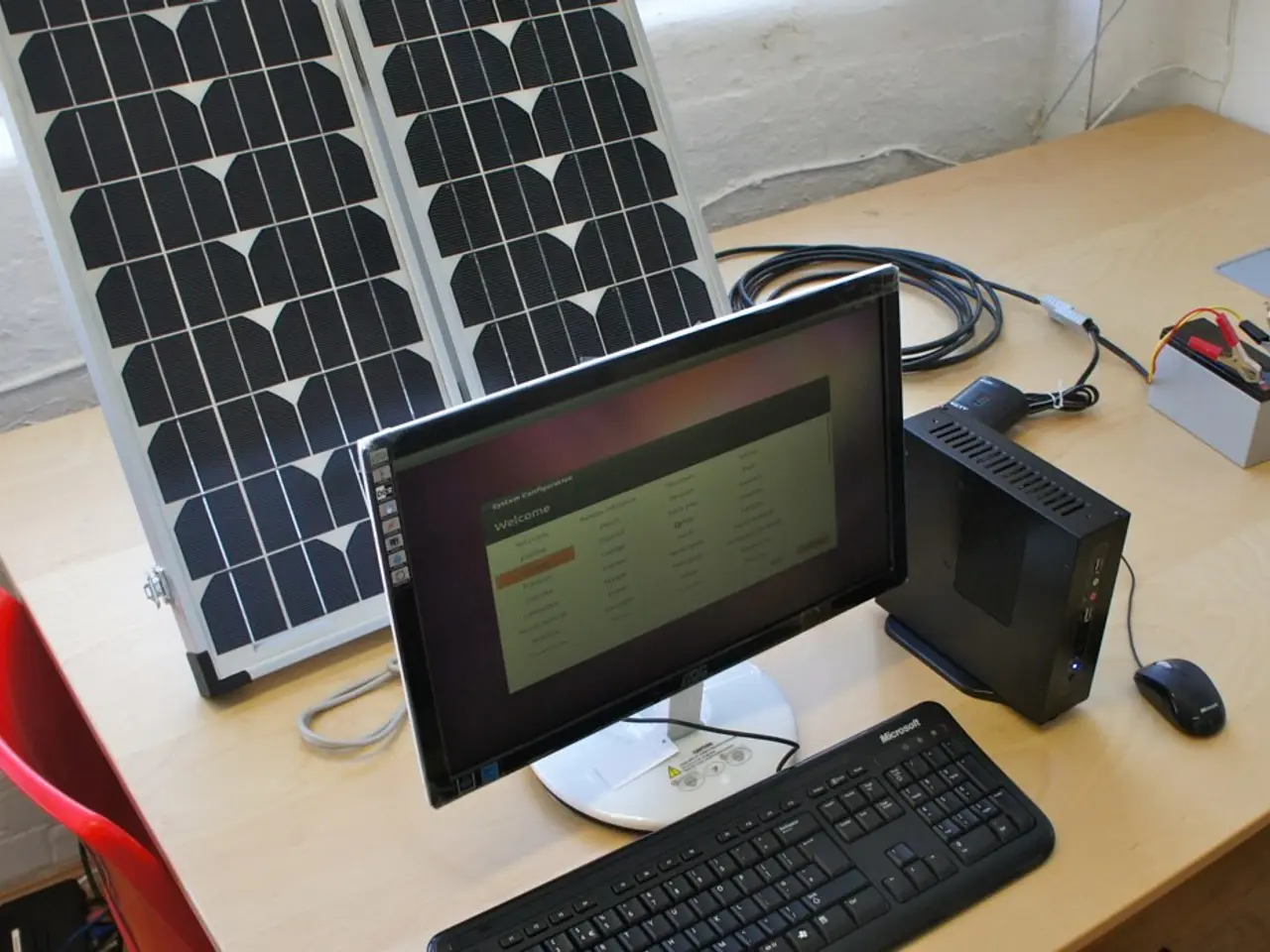Cross-Chain Revolution: Wormhole Integration Unveiled to Tap into $60B Transactions Across Different Blockchains for Ripple
The XRP Ledger (XRPL) has taken a significant leap forward in its interoperability with the recent integration of Wormhole, a popular cross-chain interoperability protocol. This groundbreaking move allows XRPL to connect seamlessly with over 35 different blockchain networks, opening up new avenues for cross-chain asset transfers, smart contract execution, and token management[1][2].
One of the key benefits of this integration is the ability for users to move digital assets freely between XRPL and other blockchains, facilitating broader liquidity and expanding trading and usage scenarios for XRP and tokens issued on XRPL[1][3]. This enhancement also expands the potential for decentralized applications (dApps), encouraging more complex financial products and services that leverage the strengths of different ecosystems[2].
Institutions can now create and manage cross-chain compatible tokenized assets or stablecoins by default, streamlining cross-chain payments and financial services that require multichain connectivity[2]. The enhanced cross-chain functionality is seen as a long-term bet on how finance will change, focusing on composability, interoperability, and freedom of choice[1].
David Schwartz, Ripple's CTO, emphasized the importance of such interoperability for real mass adoption, stating that infrastructure must exist across multiple chains to realize widespread blockchain usage[1][3]. The integration positions XRPL as a leading multichain blockchain infrastructure, ready for a future where blockchains interoperate fluidly.
Wormhole will enable cross-chain transfers of XRPL-native assets, support smart contract interactions across 35+ supported chains, and serve as a plug-and-play bridge for dApps, wallets, and financial institutions[2]. The integration significantly opens up the use cases for XRPL-based projects, including cross-chain DeFi and lending protocols, tokenized real estate, commodities, and digital identity systems[3].
Robinson Burkey, Co-founder of Wormhole Foundation, commented that the integration will help unlock greater potential spanning all major blockchains for one of the most established blockchain networks in enterprise finance[3]. This move directly addresses the issue of fragmentation in the blockchain world, as assets such as XRP and issued tokens can securely move directly from one network to another across dozens of networks without suffering from liquidity fragmentation[1].
Notable adopters of Wormhole include BlackRock, Securitize, and Apollo, underscoring its growing importance in the blockchain world[4]. As interoperability becomes a necessity in the blockchain world, with over $2 billion worth of assets bridged across chains monthly, according to Messari data[5], the integration of Wormhole significantly increases the XRPL's role in the emerging multichain ecosystem, unlocking new possibilities in decentralized finance, cross-border payments, and real-world asset tokenization[2][4]. This integration is expected to increase liquidity, market activity, and utility for XRP, reinforcing its relevance and scalability in the evolving blockchain landscape[1][3].
References: [1] Ripple. (2022, March 16). Ripple integrates Wormhole to enable cross-chain interoperability. Retrieved from https://ripple.com/insights/ripple-integrates-wormhole-to-enable-cross-chain-interoperability/ [2] Cointelegraph. (2022, March 16). Ripple's integration with Wormhole enhances XRPL's interoperability. Retrieved from https://cointelegraph.com/news/ripples-integration-with-wormhole-enhances-xrpl-s-interoperability [3] Decrypt. (2022, March 16). Ripple integrates Wormhole to bring XRP and XRPL to multiple blockchains. Retrieved from https://decrypt.co/86655/ripple-wormhole-integration-xrpl-multiple-blockchains [4] The Block. (2022, March 16). Ripple integrates Wormhole to enable XRPL's cross-chain capabilities. Retrieved from https://www.theblockcrypto.com/linked/117187/ripple-integrates-wormhole-to-enable-xrpl-s-cross-chain-capabilities [5] Messari. (2022, February 28). Cross-chain bridges: A new era of DeFi interoperability. Retrieved from https://messari.io/article/cross-chain-bridges-a-new-era-of-defi-interoperability
- The integration of Wormhole with the XRP Ledger extends liquidity by facilitating free digital asset transfers between XRPL and over 35 different blockchain networks.
- This move offers institutions the ability to manage cross-chain compatible tokenized assets or stablecoins, streamlining cross-chain payments and financial services.
- As a result of this enhancement, dAPPS can now create more complex financial products and services that leverage the strengths of multiple ecosystems.
- David Schwartz, Ripple's CTO, emphasizes the importance of cross-chain interoperability for the real mass adoption of blockchain technology.
- Wormhole will serve as a plug-and-play bridge for dAPPS, wallets, and financial institutions, enabling cross-chain transfers of XRPL-native assets.
- The integration significantly increases the use cases for XRPL-based projects, including cross-chain DeFi and lending protocols, tokenized real estate, commodities, and digital identity systems.
- Notable adopters of Wormhole include BlackRock, Securitize, Apollo, and others, underscoring its growing importance in the blockchain world.
- As interoperability becomes a necessity in the blockchain world, the integration of Wormhole significantly increases the XRPL's role in the emerging multichain ecosystem.
- With over $2 billion worth of assets bridged across chains monthly, according to Messari data, this integration reinforces XRP's relevance and scalability in the evolving blockchain landscape.
- The integration of Wormhole brings XRP and the XRP Ledger (XRPL) to multiple blockchains, positioning XRPL as a leading multichain blockchain infrastructure, ready for a future where blockchains interoperate fluidly.




